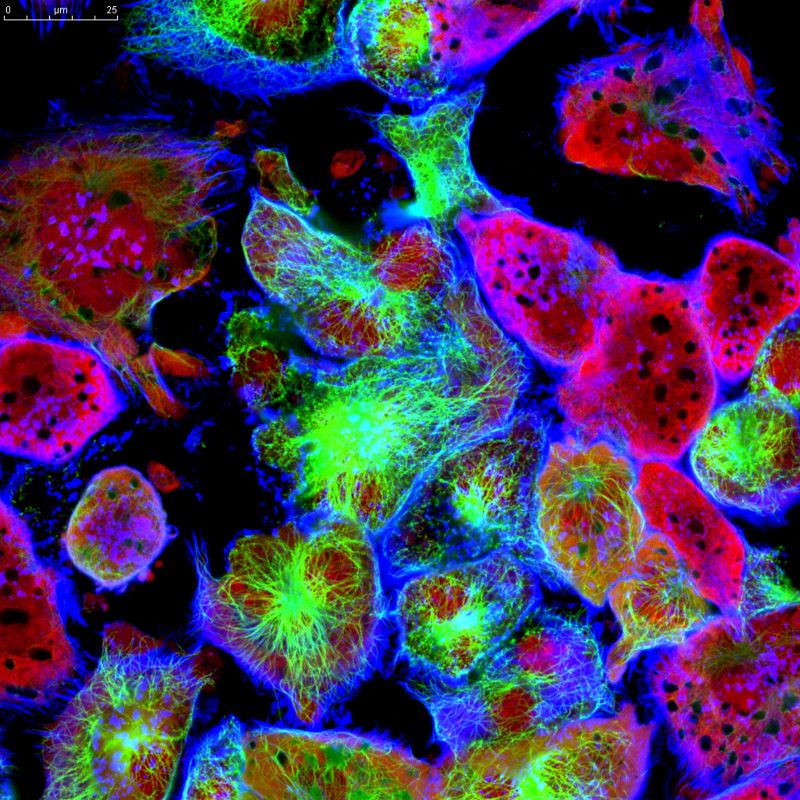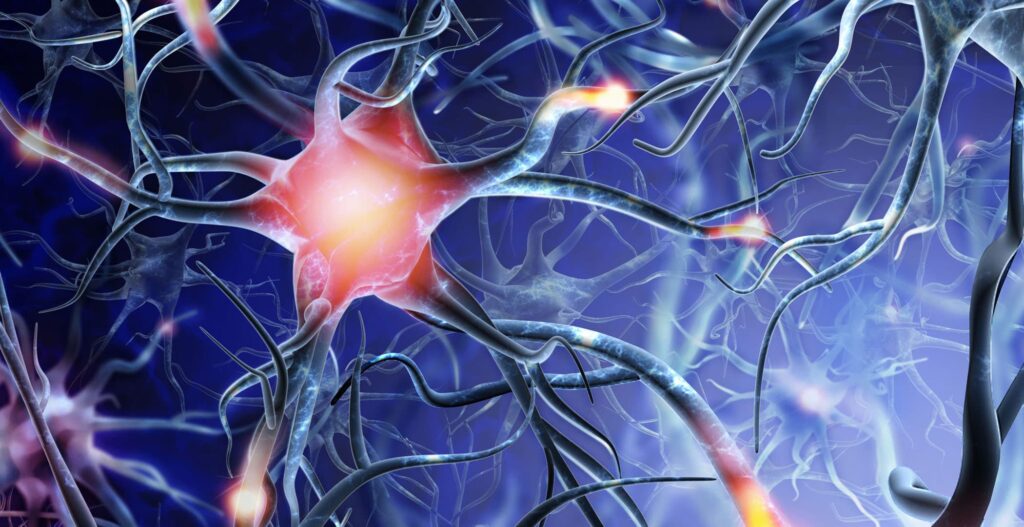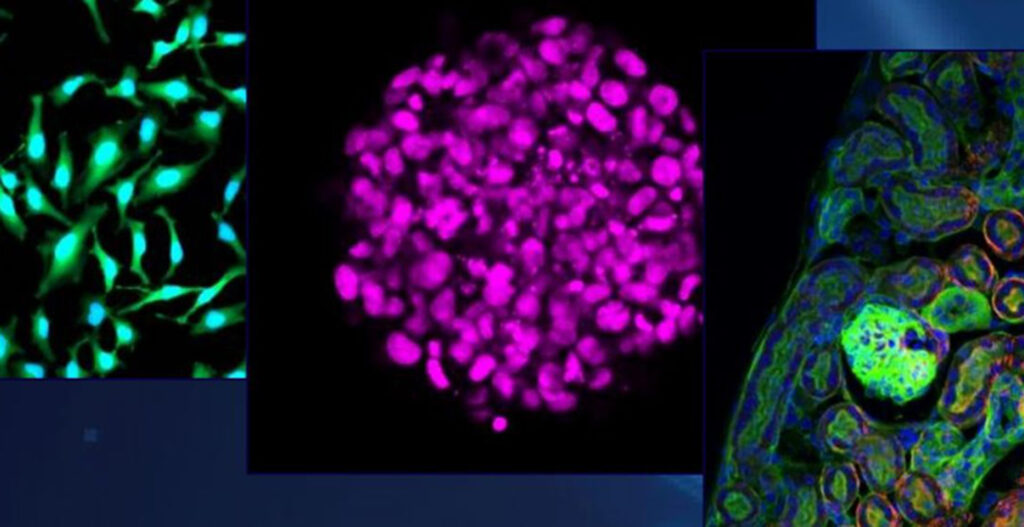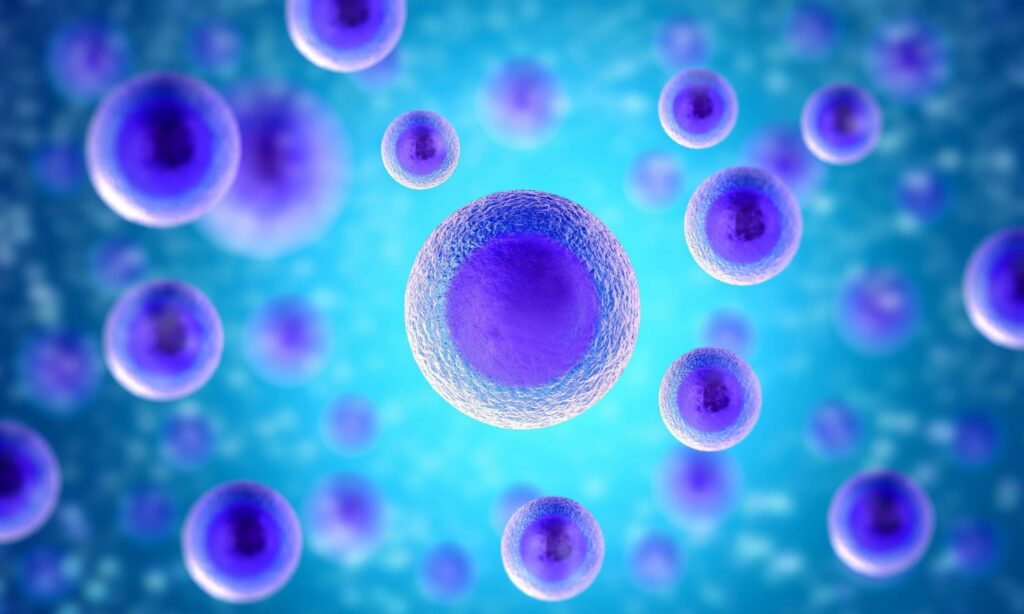How would this world be if there were no diseases anymore? If we could analyze and cure each disease? We could have more time with the people we love, less pain and suffering.
We need to find new methods and technologies to accelerate our endeavors. One of the most promising new methods is spatial omics. In this blog post, you will learn what spatial omics means and what the benefits are.
What is Spatial Omics?
The spatial organization of cells in multicellular systems is crucial for their proper function. The spatial gene expression heterogeneity for example plays an essential role in a range of biological, physiological, and pathological processes. The spatially resolved analysis of the transcriptome has broad utility in research into human disease and developmental biology.
But why the term “omics” in spatial omics?
Omics is a generic term for a bunch of various analyses:
- genomics
- epigenomics
- metabolomics
- transcriptomics
- proteomics
- lipidomics
The suffix “omics” describes that something is analyzed. Example: Transcriptomics analyzes the total RNA.
In spatial omics, molecular analysis is combined with spatial information. You find the spatial information within the tissue by localizing the cell. Spatial omics will be a crucial technology for understanding processes like cell regulation or the organization of tissue.
Cancer in Spatial Context
Researchers need to understand intratumoral heterogeneity. How do molecular signatures vary among tumor cells? Spatial mapping of heterogeneity in gene expression in cancer tissues could improve the understanding of cancers. It could help in the rapid detection of cancers with high accuracy and reliability. Significant advancements have been made in recent years in omics technologies, which possess the strong potential to be applied in the spatial mapping of biopsy tissue samples and their molecular profiling to a single-cell level. RNA sequencing showed novel biomarkers and molecular regulators which caused the outbreak of cancer. Tumor growth, metastasis, and resistance to drugs were associated with these molecular regulators.
Overall, the objective of omics sciences is to identify, characterize, and quantify all biological molecules that are involved in the structure, function, and dynamics of a cell, tissue, or organism.
So, the term spatial-omics describes a specific current omics approach, while also providing valuable spatial context by overlaying -omic level data onto tissue images. These data help to observe for instance cell distribution differences in diseased and normal tissue through the spatial-omic application. Spatial-omics also enables to perform in-depth bimolecular profiling while preserving the native morphology of the cell for the investigation of cell-cell and cell-ECM interactions and many other investigations are possible.
Benefits of using Spatial Omics

Generating the spatial atlas of human cancers across multiple omics can fundamentally improve the understanding of tumorigenesis, pioneer the revolution of the medical research paradigm, and ultimately facilitate the designing of advanced therapeutic strategies in the near future.
Summarizing the analysis of cells in a spatiotemporal context will bring medical research into an entirely new paradigm.




